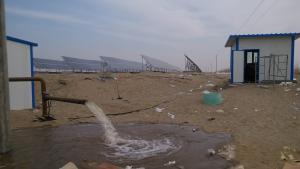Samsung Solar Inverter
Samsung Solar Inverter Related Searches
Galaxy Solar Inverter Solar Solar Inverter Sun Solar Inverter Smart Inverter Solar Solar Smart Inverter Solaris Solar Inverter Sunshine Solar Inverter Inverter Solar Solar Inverter Inverter Siemens Solar Inverter Solar Converter Inverter Smart Solar Inverter Suntech Solar Inverter Solar Home Inverter Solar System Inverter Solar Electric Inverter Solar Energy Inverter Solar Battery Inverter Solar Pump Inverter Smart Solar Power Inverter Solar Module Inverter Solar Charger Inverter Solar Panel Inverter Hyundai Solar Inverter Power Inverter Solar Inverter Solar Inverter Power Solar Inverter Solar Power Bank Inverter Smart Inverter Solar Power Solar Sma InverterSamsung Solar Inverter Supplier & Manufacturer from China
Samsung Solar Inverter is a high-quality product designed to optimize the performance of solar energy systems. These inverters are engineered to convert the direct current (DC) generated by solar panels into alternating current (AC), which can be used by homes and businesses. Samsung's inverters are known for their efficiency, reliability, and advanced features that enhance the overall solar energy experience.The Samsung Solar Inverter is widely used in residential, commercial, and industrial applications where solar energy is harnessed to power various electrical systems. These inverters are ideal for both small-scale and large-scale solar installations, ensuring that the generated solar power is effectively utilized. They are particularly beneficial in scenarios where energy conservation and sustainability are of utmost importance, such as in remote areas, off-grid systems, and grid-tied applications.
Okorder.com is a leading wholesale supplier of Samsung Solar Inverter products, offering a vast inventory to cater to the diverse needs of customers worldwide. With a commitment to quality and customer satisfaction, Okorder.com ensures that the Samsung Solar Inverters are readily available for those seeking to invest in sustainable energy solutions.
Hot Products


















































